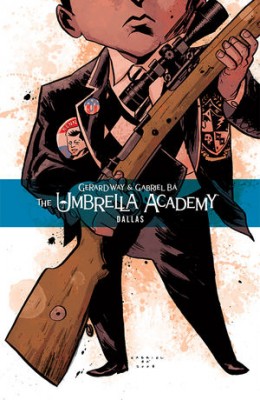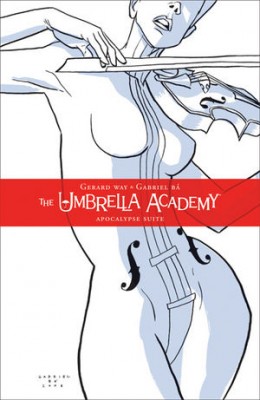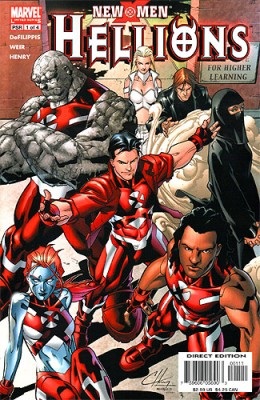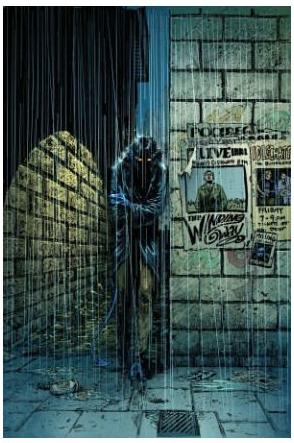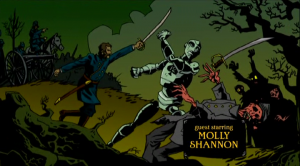I’m trying to do something about the massive backlog of 60-98% complete post drafts. It’s scary in there! For example, both of these bits are from (gulp) 2012.
—-
Daredevil: The Man Without Fear (1993), by Frank Miller & John Romita Jr.
While Daredevil has long been my favorite single superhero, I wasn’t the right kind of fan to be the target audience for this. This is an origin-story miniseries that fills in gaps and juicy details (the rise of Kingpin, Matt’s childhood training, and his initial relationship with Elektra in college). I grew up with 4 or 5 single Daredevil issues around the house – much obsessed-over, but far from exhaustive enough for me to be able to appreciate the back-filling that Miller does. Since Miller compresses over a decade into 5 issues, the pace was also too breakneck for me to feel like I could really sink my teeth into the narrative, until Miller slows down enough to focus on a crucial kidnapping incident at the end of the series.
General thoughts: the style is strikingly noir, which is not surprising given that it’s Miller. Matt’s rage is always simmering in the background, and his rough upbringing in Hell’s Kitchen lays down the basic growth medium and texture for his character. Miller emphasizes in his intro that Daredevil could easily have been a supervillain. The emotional hook of the miniseries is that Matt’s righteous anger and physical prowess aren’t enough to make him a hero (there’s a really awful moment where he accidentally kills a prostitute while trying to attack one of his father’s killers); he must also learn self-mastery.
I warmed very slowly to Romita’s art, as it’s sort of blockily formless a lot of the time. However, there are occasionally really effective panels that made me okay with him by the end – in particular, the poetic silhouettes of Daredevil bounding across the Manhattan skyline, and one creepy close-up of Kingpin’s chilly eyes.
—-
Hellboy: Wake the Devil (Vol. 2) (1993), by Mike Mignola
Paranormal folkloric bingo! On top of the evil Nazis + Rasputin + cosmic/Revelations-flavored menace from last time, there are a Napoleonic-era vampire lord kickin’ it old school, Thessalian witches, Baba Yaga, an iron maiden broken in by Elizabeth Bathory, Lamia, Hecate, a homunculus… Honestly, it got overwhelming at times (I felt whiplashed), and occasionally I questioned the lumping of so many mythologies together, given that it really did start to feel like “lumped together” instead of “woven together.”
But the goofy dialogue lightens things up well, and Mignola’s art always sells it. There’s a spectacular cosmic setpiece of about 5 pages towards the end of the arc that actually had me reading with my mouth open. And then – emo Rasputin! Because even villains bent on universal chaos have to question themselves sadly sometimes, even if it’s just to ask if they’re being selfish enough.
Plotwise, this is really just expanding on the “evil Nazis/Rasputin plot for cosmic chaos” direction. Not too much more character development, sadly, although there’s plenty of character exposition.
– E
